The history of puppet theatre in Cuba is very young and at its core has a bitter taste. In contrast to other countries with long puppet traditions, in ours the art of animation began to be practiced professionally in the middle of the twentieth century. Before that, puppets in Cuba were simply a form of entertainment for schools, fairs and popular festivals, something rustic and improvised. An important event occured, however: a visit by the Italian company Teatro dei Piccolli —directed by Vittorio Podrecca— in the 1930’s, which caused a strong impression among artists and theatre people.
From the 1940’s, a number of theatre groups began to work with puppets. During this period, Cuba was a busy crossroads at the centre of the American continent, a stop-off and meeting point for many personalities of that time, a country open to modernity.

Carucha and Pelusin.
In 1949 the island’s puppet theatre, understood as a professional artistic activity, was born. The people responsible were the brothers Caridad and José Camejo, known respectively as Carucha and Pepe, two young men who began in an intuitive and serious way to perform with puppets, touring to Havana schools with their little theatres while also studying at the theatre school, the Conservatorio de Arte Dramático. The Camejos represent the founding of puppet theatre in Cuba and, at the same time, both its high point and darkest side. Their work began to develop in the 50’s and became fully established with the victory of the revolution led by Fidel Castro in 1959.
In 1963, and with a third pivotal member of the team, the puppeteer José (Pepe) Carril, they set up the Teatro Nacional de Guiñol (TNG, The National Puppet Theatre), a modern theatre in the heart of Havana. For this launch, puppeteers from the Central Moscow Theatre travelled to the island to train Cubans in the technique of rod puppets and to direct an opening show, The Magic Onions. The Camejo-Carril trio were soon leading a large team of actors and collaborating artists and were highly prolific, producing shows for children and adults. With an average of three new shows a year they offered a rich and varied repertoire. They staged texts by Spanish speaking authors —Lorca, Valle-Inclán, Zorrilla, De Rojas, Villafañe—, as well as writings from other cultures and in other languages —Jarry, Giradoux, Hellé-Debussy, Tagore, Yeats, Maiakovski. Furthermore, they treated Cuban authors with respect —Brene, Estorino, Alonso—, and Camejo-Carril themselves wrote puppet versions of classics, such as stories by Andersen and Perrault, or legends from Afrocuban folklore. It should be pointed out that the Camejo brothers and Pepe Carril were among the first artists in Cuba to defend the richness of Afrocuban heritage, an important fact given the cultural and, furthermore, ideological significance of this heritage. (1)
Camejo-Carril were good at surrounding themselves with colleagues –musicians, writers, painters and sculptors, choreographers, actors – who like them were young people taking their first steps in the arts world in the 60’s; and who are now key names of Cuban culture: Dora Alonso, Brouwer, Abelardo Estorino, Ramiro Guerra, Raúl Martínez, Rogelio Martínez Furé, and Iván Tenorio, among others. In 1956 the core TNG group also started a magazine devoted to the art and theory of puppets, Titeretada, first of its kind in Cuba. Furthermore, they were pioneers, introducing puppets to television with regular programmes from the 50’s onwards. Pelusín del Monte, a naughty peasant-farmer child, cousin of Polichinela and Cristobica, appeared in 1956, offspring of Dora Alonso (on the literary side) and Pepe Camejo (design and construction); it was thanks to television’s reach that he enjoyed enormous popularity throughout the country.
In 1969 the company toured to Budapest and Prague. European animation theatre, in full process of metamorphosis, received the work of the Cuban company with enthusiasm. Margareta Niculescu remembers the encounter: “For me it was very important, in 1969, to discover the concept of theatre which distanced itself from illustration. I think they were among the first researchers who investigated a metaphoric role for puppets, with a very interesting kind of visual approach…” (2).

'Shango', by Ima
This intense foundational work culminated in the transmission of their knowledge, the teaching of the art of puppets in all provinces of the country. In the 60’s, with the effervescence of a new social, political and economic order, the arts in Cuba experienced an extraordinary advance. Only from 1959, with the erradication of illiteracy in Cuba and the socialist government’s support of creative artists —who received recognised status as artists and intellectuals—, as well as with the establishment of the National Council of Culture (Consejo Nacional de Cultura), did a truly national, professional movement for dramatic arts come into being. Thanks to this impulse, the Camejo brothers and Pepe Carril taught throughout the country, leaving in their wake new teams of puppeteers – many of whom continue to be active today in towns such as Camagüey and Villa Clara.
In the 1960’s puppets in Cuba really took off, but the decade’s close marked the beginning of their decline. Puppets, the theatre, and all artistic and intellectual activities suffered atrocious censorship, consequence of the ignorance and ineptitude of certain civil servants from the National Council of Culture. The new society that was being constructed had need of a “new man”, by which was meant a politically correct man, whose discourse was moulded to that of the government – and without the option of being critical -, an atheist, heterosexual, all that was summed up by the word “revolutionary”. Many artists and intellectuals, for want of one of these characteristics suffered fierce repression in the period known as the “quinquenio gris”, the “five grey years” (1971-1976).
Pepe Camejo and other puppeteers of the TNG in full artistic maturity, suffered this repression. Pepe spent a year in prison but the greatest damage was the ban on his work, the involuntary separation from his work, the loss of his puppets, the closing of the theatre, the disintegration of an exemplary creative team… The brothers Carucha and Pepe Camejo, and Pepe Carril never returned to the theatre, or not with the prominence and force, at least, as when they headed the TNG. Years later they left, one by one, for the Unied States, where the vagaries of immigration led them down other professional routes. With them, Cuban puppetry lost its founders, avant-garde creators who had reinvented tradition in the middle of the sub-tropical Carribean, to affirm a national image, an authentic Cuban and universal dream of the international first division. The level and quality achieved by Camejo-Carril in the 60’s, is still today our most remarkable puppeteering reference.
This is, without doubt, an unacceptable part of our history, and precisely for this reason it must be told; so that it is not forgotten and above all so that it is not repeated. For many years the subject was taboo, and studies on puppet history hid the evidence. Today, fortunately, this period can be approached openly, mistakes have been recognised and there is a collective will to protect against such attacks on liberty.(3)
Translation, Rebecca Simpson
Notes:
(1) Cuba was a country in which the weight of Spanish colonisation was still felt at the heart of society which, although of mixed race (mestizo), had been educated, overall, from a Eurocentric and Judeo-Christian perspective.
(2) Interview with Margareta Niculescu by Yanisbel V. Martínez, Charleville-Mézières, September 2006.
(3) Proof of this was the lecture “La política cultural en el Período Revolucionario: Memoria y Reflexión”, organized by the Centro Teórico-Cultural Criterios, directed by Desiderio Navarro, in January 2007. This website reproduces the conference.

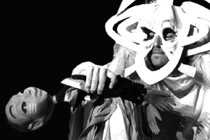

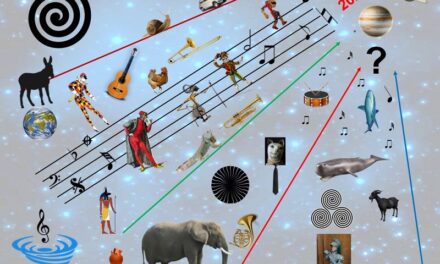
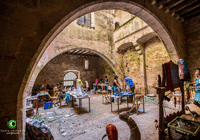
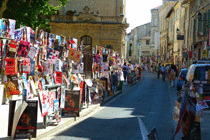
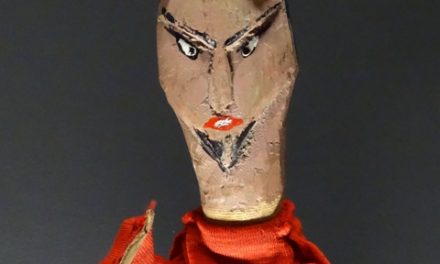




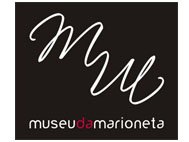
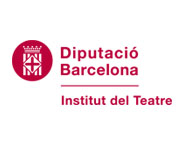


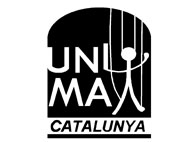


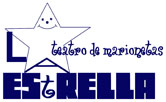




Seeking information concerning “Kika y Raul” puppets. Museum recently given gift of a trio of clown marionettes. On the control rods is printed “Kika y Raul”. Believed to have been purchased in the 1960’s probably in the Los Angeles, CA area. Puppet construction similar to the early English Pelham puppets with ball heads and painted features. Hands are flat board shape with thumb. Can anyone tell me about the company? Their history, etc.